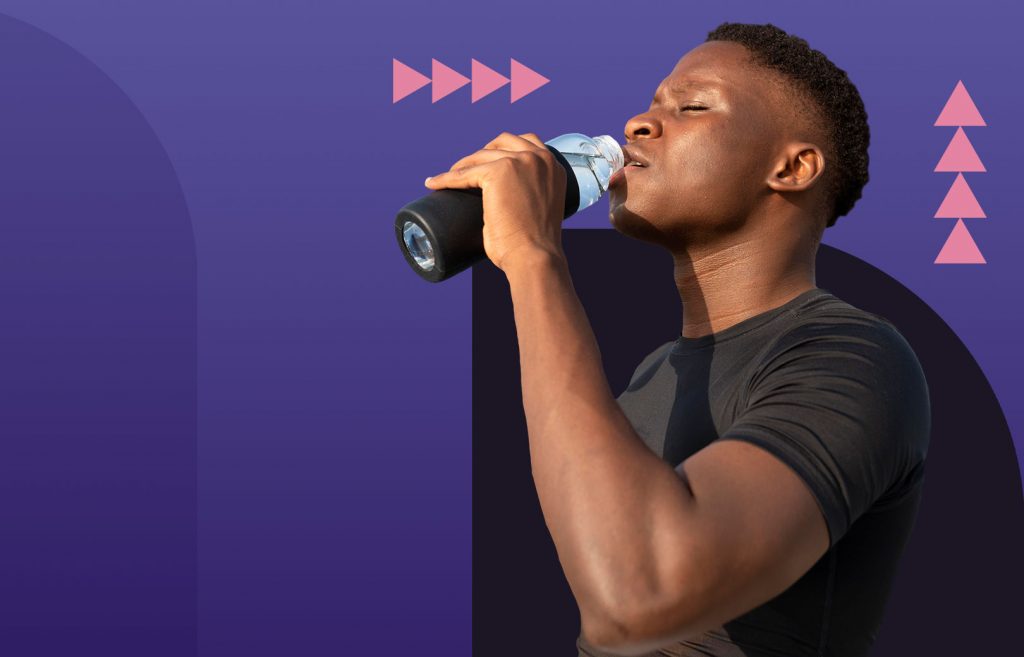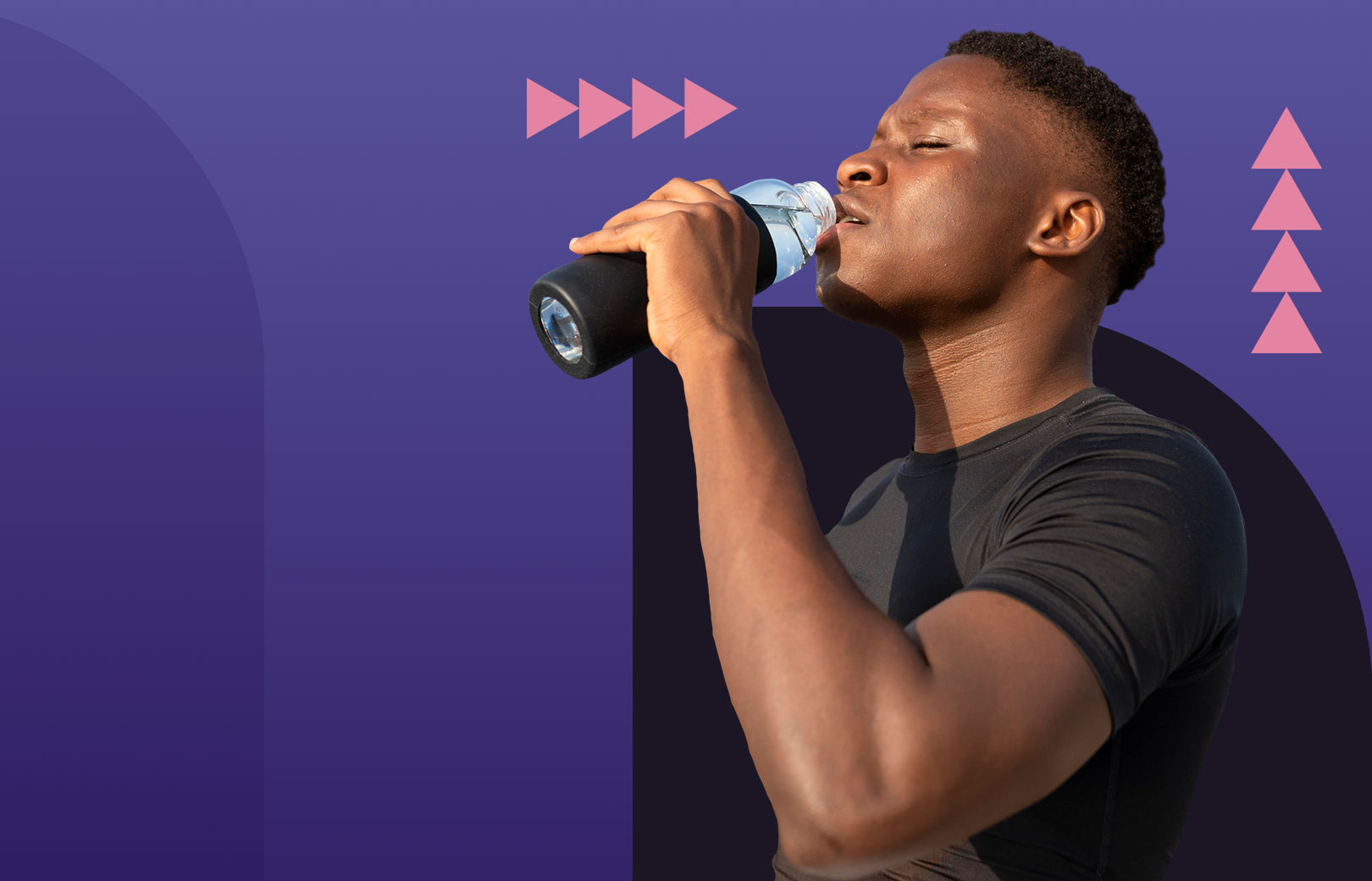
Rest is a crucial yet often overlooked component of any fitness routine. It’s not just about how hard you work out but also about how well you recover. Understanding how often you should rest from your workouts can make a significant difference in your overall fitness journey. So, how do you determine the right balance between exercise and rest?

Understanding Rest and Recovery
Rest and recovery are essential parts of a workout regimen. Rest refers to the time when you’re not engaging in physical activity, allowing your body to repair and strengthen itself. Recovery, on the other hand, involves the processes that happen during this rest period, such as muscle repair and replenishment of energy stores. There are two types of rest: active and passive. Active rest includes light activities like walking or stretching, while passive rest means complete inactivity.
The Science Behind Muscle Recovery
When you work out, especially during strength training, you create tiny tears in your muscle fibers. During recovery, these fibers repair and grow stronger, a process known as protein synthesis. This process requires time and the right conditions, such as adequate nutrition and sleep. Without proper recovery, muscles can’t rebuild, leading to decreased performance and increased risk of injury.
Factors Influencing Rest Needs
Several factors influence how much rest you need:
- Age and Fitness Level: Older individuals and beginners generally require more rest.
- Type and Intensity of Workouts: High-intensity and strength training workouts typically need more recovery time compared to moderate or low-intensity exercises.
- Nutrition and Sleep: Proper nutrition and adequate sleep are critical for effective recovery.
Signs You Need a Rest Day
Listening to your body is key. Here are some signs that indicate you might need a rest day:
- Physical Signs: Persistent muscle soreness, fatigue, and reduced performance are clear indicators.
- Mental Signs: Lack of motivation, irritability, and feeling burned out can also suggest the need for rest.
How Often Should Beginners Rest?
For those new to exercise, it’s recommended to take at least two to three rest days per week. This allows your body to adapt to the new physical demands and helps prevent injuries. Starting slow and gradually increasing workout intensity and frequency is essential.
Rest Recommendations for Intermediate Lifters
Intermediate lifters, who have been consistent for several months, can reduce rest days to one or two per week. However, incorporating active recovery, such as light cardio or yoga, can be beneficial.
Rest Strategies for Advanced Athletes
Advanced athletes often follow periodized training plans that include planned rest and deload weeks. Deload weeks involve reducing workout intensity and volume to allow the body to fully recover before ramping up again.
Active Recovery: What It Is and How to Do It
Active recovery involves low-intensity activities that promote blood flow and muscle repair without putting significant strain on your body. Examples include walking, swimming, or gentle stretching. Active recovery can help reduce muscle soreness and improve flexibility.
The Role of Sleep in Recovery
Sleep is when most of your muscle recovery and repair happens. Aim for 7-9 hours of quality sleep per night. Good sleep hygiene practices, such as maintaining a consistent sleep schedule and creating a restful environment, can enhance recovery.
Nutrition and Recovery
Nutrition plays a significant role in how well you recover. Protein is essential for muscle repair, while carbohydrates replenish glycogen stores. Staying hydrated is also crucial for recovery and overall performance.
Mental Health and Rest Days
Overtraining can negatively impact mental health, leading to stress and burnout. Incorporating rest days helps manage stress and maintain a healthy balance between fitness and other aspects of life. Activities like meditation and mindfulness can also aid in mental recovery.
Common Mistakes to Avoid
Avoid these common mistakes to ensure effective recovery:
- Overtraining: Consistently training without adequate rest can lead to injuries and burnout.
- Underestimating Rest: Thinking that more exercise always leads to better results is a misconception. Rest is when your muscles grow and become stronger.

Incorporating Rest into Different Workout Routines
- Cardio-Focused Routines: Include rest days or active recovery to avoid overuse injuries.
- Strength-Focused Routines: Schedule rest days between workouts targeting the same muscle groups to allow for proper recovery.

Benefits of Proper Rest and Recovery
Proper rest and recovery lead to numerous benefits, including:
- Improved Performance: Your body performs better when it’s well-rested.
- Reduced Injury Risk: Resting helps prevent overuse injuries.
- Enhanced Gains: Muscles grow stronger during recovery periods.
Conclusion
Rest is an integral part of any effective workout routine. By understanding the importance of recovery and listening to your body, you can optimize your fitness results and avoid burnout. Remember, it’s not just about working hard but also about recovering smart.
FAQs
- How do I know if I am overtraining?
- Persistent fatigue, decreased performance, and prolonged muscle soreness are signs of overtraining.
- Can I still be active on rest days?
- Yes, engaging in light activities like walking or stretching is beneficial and promotes recovery.
- How much sleep do I need for optimal recovery?
- Aim for 7-9 hours of quality sleep per night to support muscle repair and overall recovery.
- What are the best foods to eat for recovery?
- Focus on protein-rich foods for muscle repair and carbohydrates for energy replenishment. Hydration is also crucial.
- Is it okay to take more than one rest day in a row?
- Yes, especially if you’re feeling particularly fatigued or have had intense workout sessions. Multiple rest days can be beneficial for full recovery.







